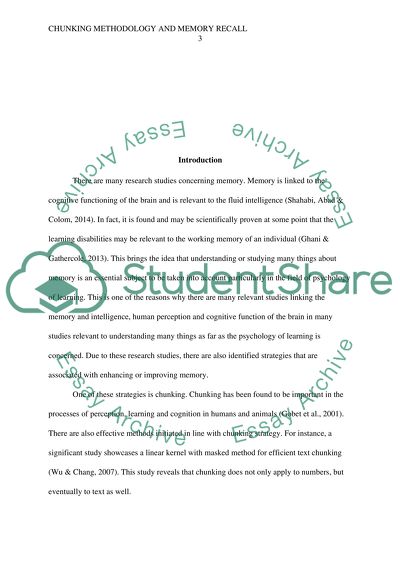Cite this document
(“The effectiveness of the methodology of chuuncking in terms of memory Lab Report”, n.d.)
Retrieved from https://studentshare.org/psychology/1645830-the-effectiveness-of-the-methodology-of-chuuncking-in-terms-of-memory-recal
Retrieved from https://studentshare.org/psychology/1645830-the-effectiveness-of-the-methodology-of-chuuncking-in-terms-of-memory-recal
(The Effectiveness of the Methodology of Chuuncking in Terms of Memory Lab Report)
https://studentshare.org/psychology/1645830-the-effectiveness-of-the-methodology-of-chuuncking-in-terms-of-memory-recal.
https://studentshare.org/psychology/1645830-the-effectiveness-of-the-methodology-of-chuuncking-in-terms-of-memory-recal.
“The Effectiveness of the Methodology of Chuuncking in Terms of Memory Lab Report”, n.d. https://studentshare.org/psychology/1645830-the-effectiveness-of-the-methodology-of-chuuncking-in-terms-of-memory-recal.


